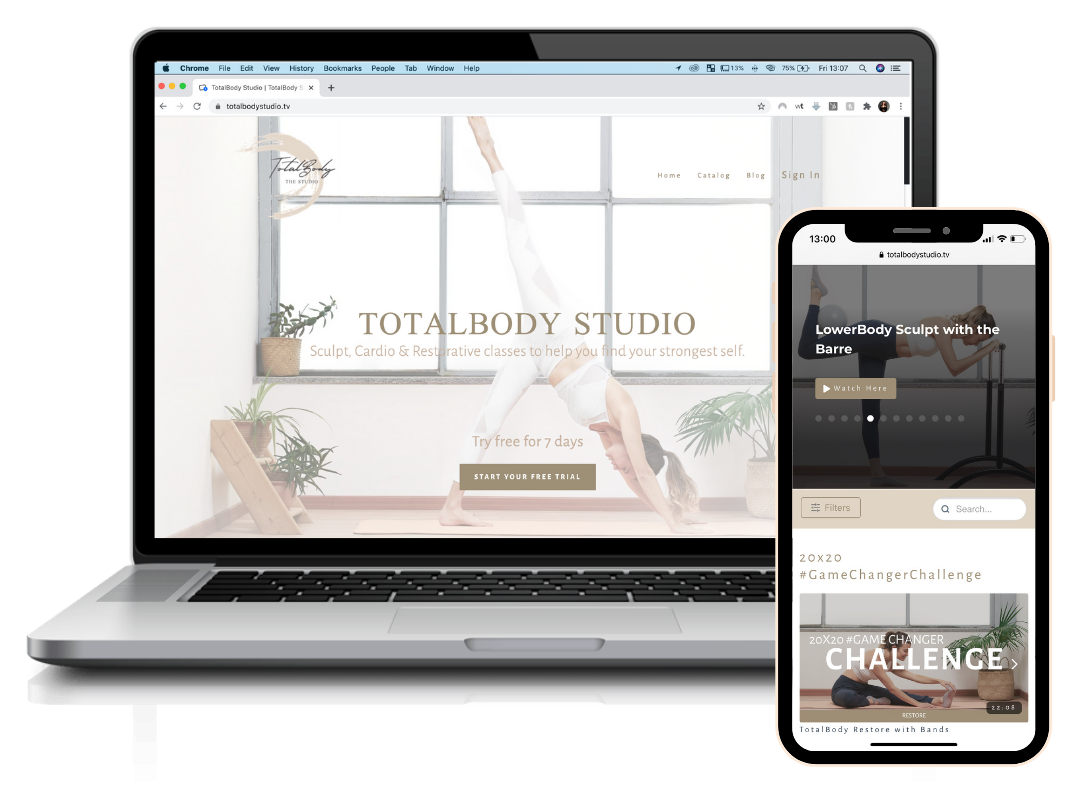
For some weird reason we often don’t give the same importance to stretch as much as exercise.
It is true, our bodies learn to compensate for what we throw at them every day, but we can exceed our ability to recover via too many intense workouts, poor posture, and other lifestyle factors. Stretching really has major benefits both for your body and your mind.
For Your Body
- Helps improve flexibility (increases your range of motion)
- Assists in correct posture by lengthening tight muscles that pull areas of the body away from their intended position (because of so much time at our computers, many of us have tight chest muscles which pulls the shoulders and head forward, leaving us with a hunched shoulder look)
- Potential to decrease injury by preparing muscles to exercise
- Increases blood and nutrient supply to muscles, thereby possibly reducing muscle soreness
For Your Mind
- Even a short amount of time (10-15 minutes) of stretching can calm the mind, provide a mental break, and give your body a chance to recharge
- Classes like yoga or pilates offer you a chance to spend an hour releasing tension physically and mentally
To get the most out of the stretching, here are some suggestions:
Alternate Sets of Exercises with Stretch
If during your workout you are training different muscle groups, it would be good to stretch the muscles you just worked on while it still be warm, before moving on to the next group. Also, speaking particularly to my lady readers, this would help elongating your muscles and prevent to get “bulky”.
Introduce Myofascial Releasing
Instead of trying to stretch your whole body after every time you exercise, focus on a key area of the body each time. If you are aware of muscles that are tight, then focus on those ones. For really thigh muscles a great option is using myofacial release. This method is performed most commonly with a foam roller, but you can use also a tennis ball or your own hands. It consists in applying pressure to specific points on your body in order to aid the recovery of muscles and return them to normal function, in a word is a “self-massage”.
Normal function means your muscles are elastic, healthy and ready to perform at their best. Deep compression helps to break up or relax tight muscles and adhesions formed between muscle layers and their surroundings helping to re-establish proper movement patterns and pain free movement, and to enhance performance.
How to Foam Roll
To foam roll properly, apply moderate pressure to a specific muscle or muscle group using the roller and your bodyweight. You should roll slowly, no more than one inch per second. When you find areas that are tight or painful, pause for several seconds and relax as much as possible. You should slowly start to feel the muscle releasing, and after 5-30 seconds the discomfort or pain should lessen.
If a certain spot is too painful to apply direct pressure, work on releasing the surrounding area and gradually get closer to the trouble one. The goal is to restore healthy muscles: it is not a pain tolerance test.
Never work directly on a joint. Avoid rolling your lower back.
Include One Long-duration Flexibility Session Each Week
Choose a flexibility class, such as yoga, hot yoga, pilates, or do your own flexibility work for 45-60 minutes at least once a week.
Comment below to add a suggestion.

